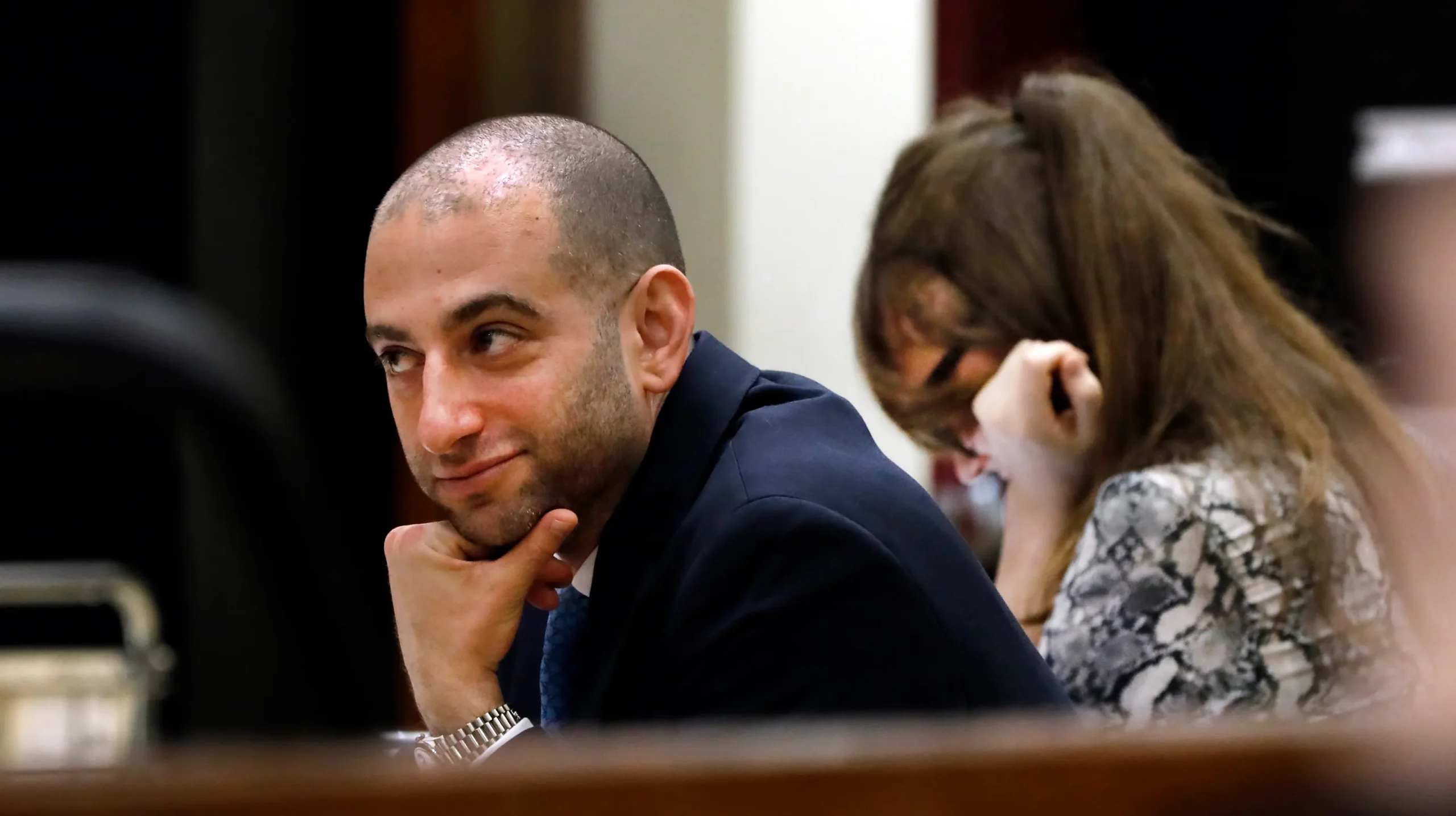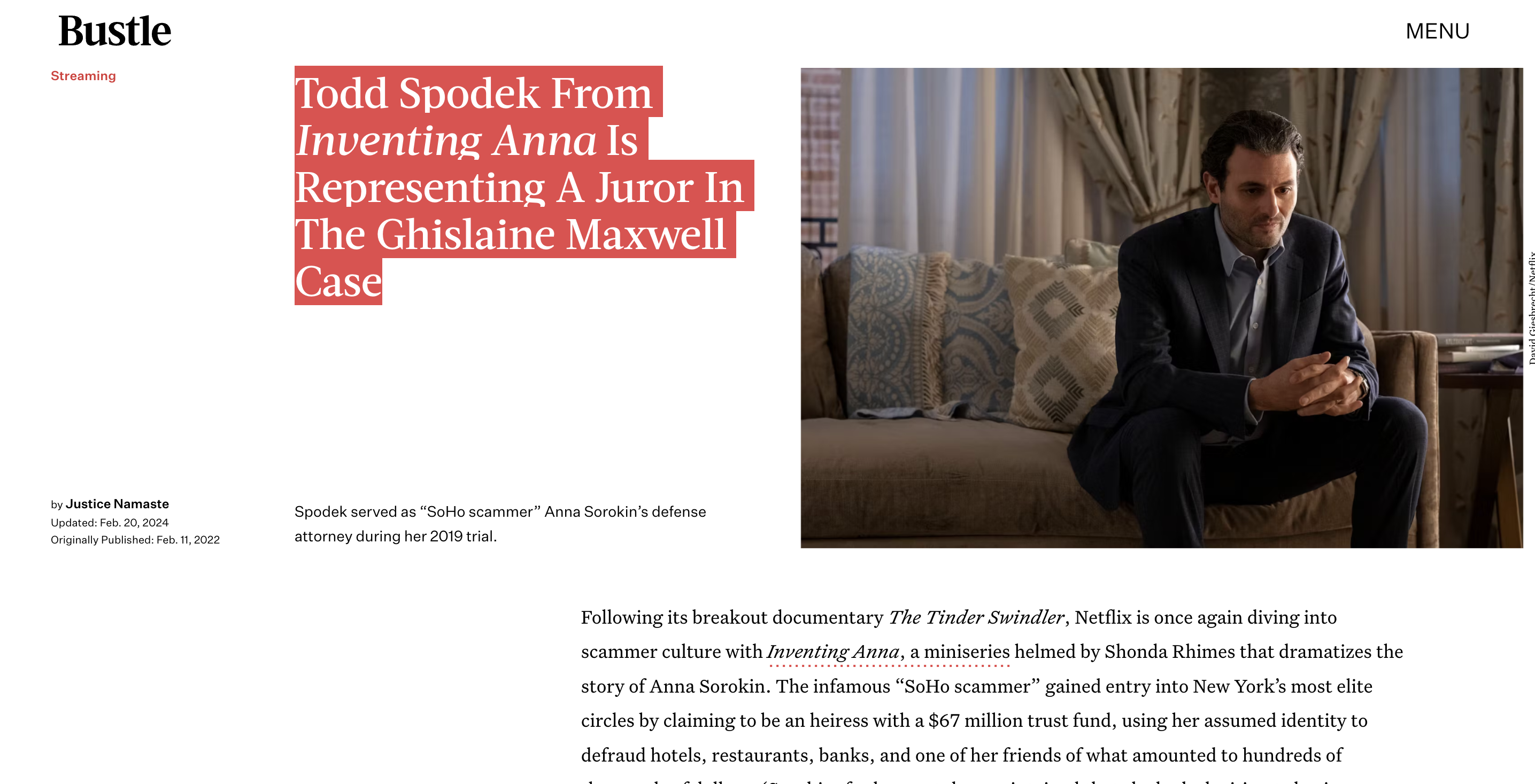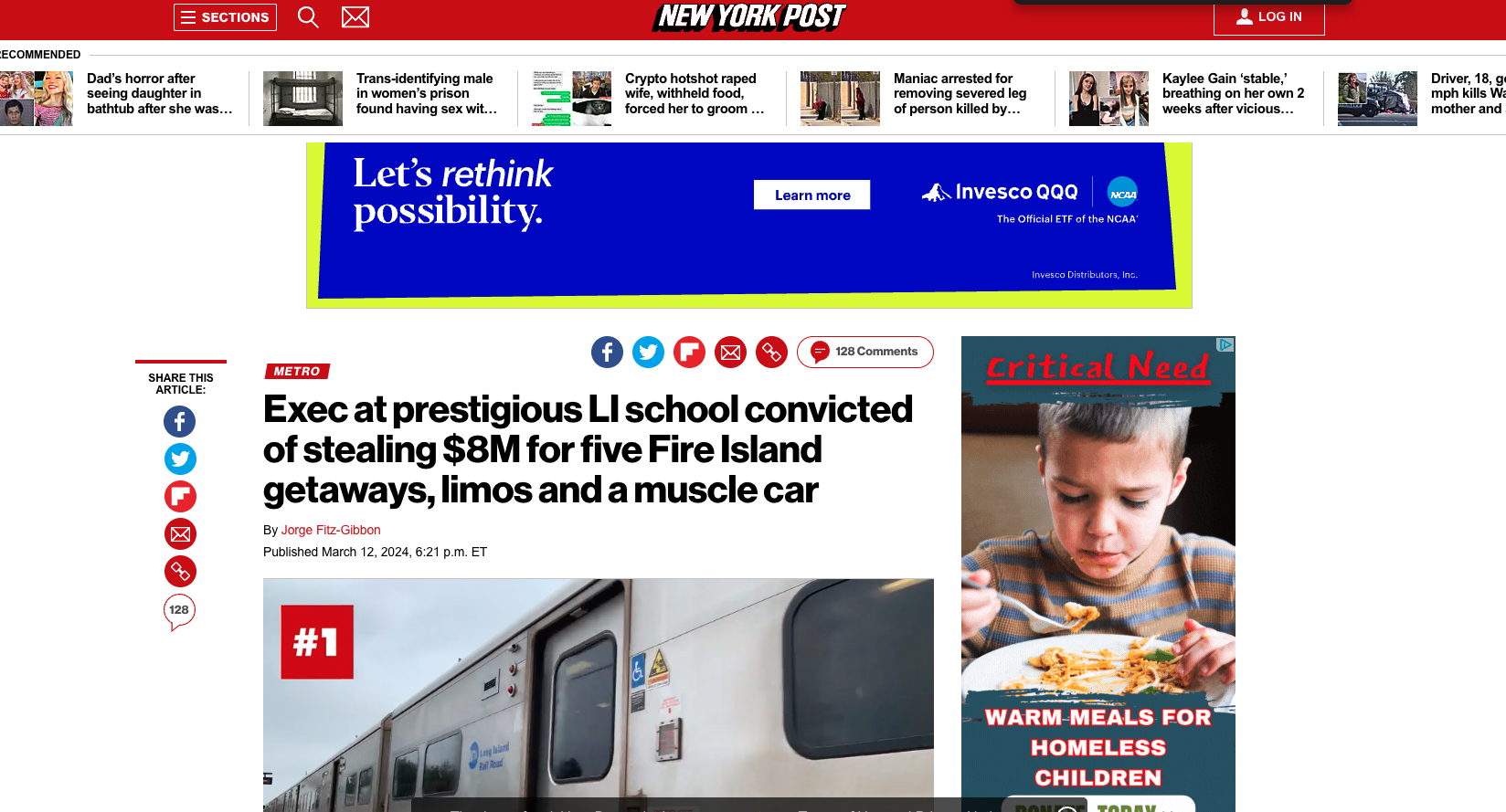18 U.S.C. § 1752 – Restricted building or grounds
Contents
What is 18 U.S. Code § 1752 and Why Should I Care?
Hey there! Have you heard about 18 U.S. Code § 1752 and wondered what it’s all about? Well, you’ve come to the right place. This law is all about setting limits on where people can and can’t go—specifically around important government buildings and officials. I know, it sounds kinda boring but stick with me…there’s some interesting stuff here! Let’s break it down together.
The Basics
OK, first things first: 18 U.S. Code § 1752 is a federal law that restricts access to certain buildings and grounds. The main goal is to protect government officials—like the President, VP, and others—when they are working or staying somewhere temporarily.

This law makes it illegal to:
- Knowingly enter or stay in a restricted area without permission
- Disrupt government business or official functions
- Engage in disorderly conduct near a restricted area
- Physically harm people or property in a restricted area
There are also rules about flying drones around restricted areas. And trying to do any of these illegal things counts as a crime too.
Where Does This Apply?
Good question! The law defines “restricted areas” pretty broadly. Here are some examples:
- The White House and its grounds
- The VP’s house and grounds
- Any building where the President or VP is visiting temporarily
- Special events like inaugurations, conventions, or major speeches
- Areas marked with signs, barricades, or security checkpoints
Basically any place the Secret Service says is off-limits to protect important people. They can set up temporary restricted zones pretty much anywhere.
What Are the Consequences?
Breaking this law is a federal crime with some pretty serious penalties. Exactly how much trouble you’ll be in depends on what you did.
Just trespassing in a restricted area can get you up to 1 year in prison. Using violence against people or property bumps that up to 10 years. And trying to disrupt government business can mean up to 10 years in prison too.
Fines can be up to $100,000-$250,000 depending on the specifics. And repeat offenders face even tougher consequences.
Real World Examples
To make things more concrete, let’s look at some real cases where people got in trouble under this law:
- A man got 6 months in prison for jumping the White House fence and running onto the grounds.
- A woman got 8 months for trespassing at the CIA headquarters multiple times.
- Some protestors at President Trump’s inauguration got years in prison for clashing violently with police.
- People flying drones near the Super Bowl or political conventions have been arrested.
So as you can see, the government takes this stuff seriously! Regular folks don’t always realize they’re entering a restricted zone until the handcuffs come out.
What’s the Controversy?
While protecting officials seems reasonable, some people argue this law goes too far. Critics say it’s vague and gives police too much power to arrest lawful protestors.
The ACLU has complained the restricted zones are too broad. And the punishments may be disproportionate, like years in prison for minor trespassing. It’s an ongoing debate about security vs. free speech.
There’s also concern that law enforcement applies the rules unfairly. Like being more lenient with people they agree with politically versus cracking down harder on dissenters.
The Bottom Line
At the end of the day, 18 U.S. Code § 1752 is meant to keep important government operations safe and undisrupted. Most Americans agree that’s a worthy goal. But the devil is in the details when it comes to how far security should go and how laws are enforced.
We need sensible protections without stomping on people’s rights. It’s a tough balancing act! But understanding what’s legal and what isn’t is an important first step.









